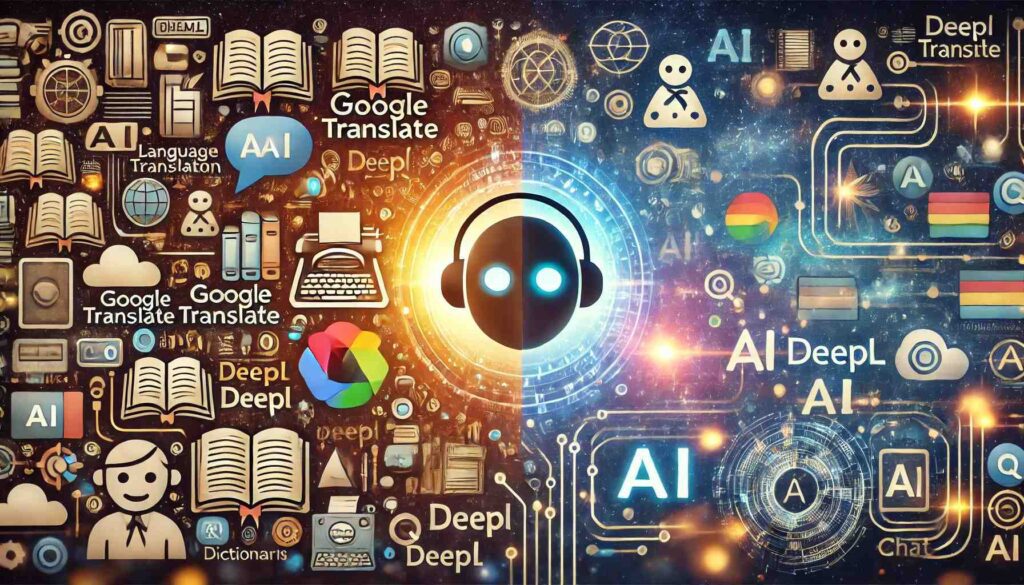In a world where multilingual communication is becoming increasingly important, finding the best website for language translation is crucial. Whether you are a business professional, a student, or simply someone navigating the global landscape, accurate and quick translation services are more vital than ever. Many translation websites and tools have been developed to meet this need, each with its own unique features and strengths. Let’s explore some of the most commonly used translation websites and tools, including Google Translate, DeepL, and the rising prominence of AI-driven technologies like ChatGPT, to understand their role in reshaping the translation industry. Best Website for Language Translation
Google Translate: The Ubiquitous Giant
Google Translate has been a leader in the translation space for years. With support for over 100 languages and a user-friendly interface, it’s one of the most accessible tools for both casual users and professionals. What makes Google Translate particularly appealing is its simplicity and its integration across platforms—whether you’re on your phone, computer, or even using the service within other Google apps.
For many languages, Google Translate provides a solid translation, especially for day-to-day tasks, such as translating menus, road signs, or brief messages. The speed at which Google Translate operates is impressive, and its ability to instantly translate large chunks of text makes it a go-to tool for millions of users. Moreover, it offers useful features like camera translation (translating text from images) and real-time speech translation. Best Website for Language Translation
However, while Google Translate is convenient, it is not without flaws. Its translations often lack nuance and context, which can lead to errors, particularly with more complex texts or languages that have intricate grammar and cultural context. For professional purposes like legal documents, literature, or business communications, Google Translate may fall short, leading many to seek alternatives.
DeepL: A More Accurate Alternative?
DeepL, which emerged as a major player in the translation world, is often hailed as a more accurate alternative to Google Translate, especially for European languages like German, French, and Spanish. DeepL uses neural networks and AI to provide translations that are often praised for their fluency and accuracy. Its ability to maintain context and provide a more natural-sounding translation sets it apart, making it a favorite among translators and linguists who need higher precision.
What makes DeepL unique is its focus on delivering human-like translation quality. The service excels at translating sentences in a way that flows naturally and preserves the meaning behind the words. It’s particularly good at handling idiomatic expressions and phrases that could confuse less sophisticated translation tools. Best Website for Language Translation
Still, DeepL has its limitations. For one, it doesn’t support as many languages as Google Translate, though it’s constantly expanding its offerings. Additionally, DeepL can struggle with highly specialized terminology or industry-specific jargon, making it less suitable for highly technical or niche translations. Despite this, DeepL continues to grow in popularity among those who need more accuracy than what Google Translate offers.


